The Ten Easiest Crops to Grow for Home Food Production (from a true expert)
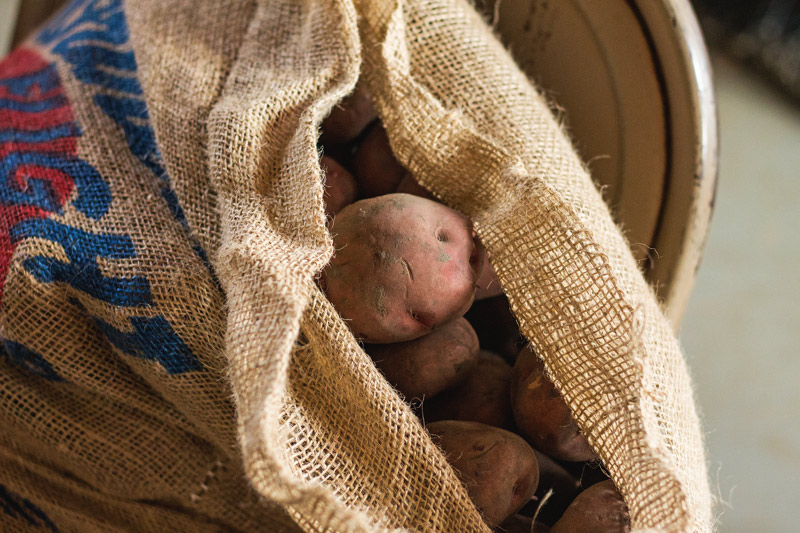
I remember last year I nearly started a blog series titled “Grow More Food in 2018”. It was something I really wanted to work towards, and we did make a go of it, bringing pigs online and working a great deal at the garden, but the Lord had other plans for those many plantings last year. Thankfully George and Rita are still with us and perhaps are expecting (and absolutely huge, comparatively), but the garden up until fall was an absolute disaster.
One thing I’ve learned is that work does not always equal “success”. Sometimes late frosts and bugs and drought are the means by which the Lord humbles me, at least they were last year. Perhaps I will again laugh at my efforts, but though I know not what the outcome will be, still I know that to just keep planting is my responsibility.
So today I would like to share with you some inspiration from one my favorite garden books, Gardening When It Counts by Steve Solomon. Mr. Solomon is a treasure of information, having spent over forty years as a home gardener and proponent of home-based food production. His book Gardening When It Counts is a must-have if you, like us, want to grow as many calories and nutrients as possible.
Towards the end of the book, Solomon outlines categories of vegetables from easiest to grow (and most calorie bang for your buck) to hard to grow. What follows is a list of categories of what he deems the easiest to grow vegetables for soil and conditions (and experience) that are not ideal. Mixed in are some of my own thoughts and experiences.
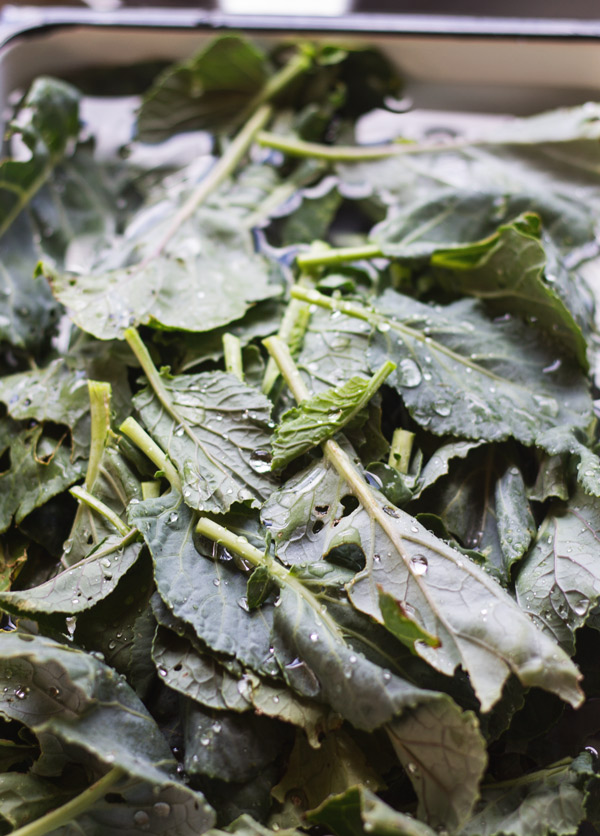
Kale, Collards and Giant Kohlrabi
Has anyone tried growing kohlrabi that can attest to this? We have had good success most years with both kale and collards, though I prefer collards for our warmer climate.
White Potatoes
Did you know that potatoes produce far more calories per acre than grains and beans? According to Solomon, they are a much better option for calories than the common European grains. Furthermore, they are generally far more digestible and easy to harvest and store than field grains.
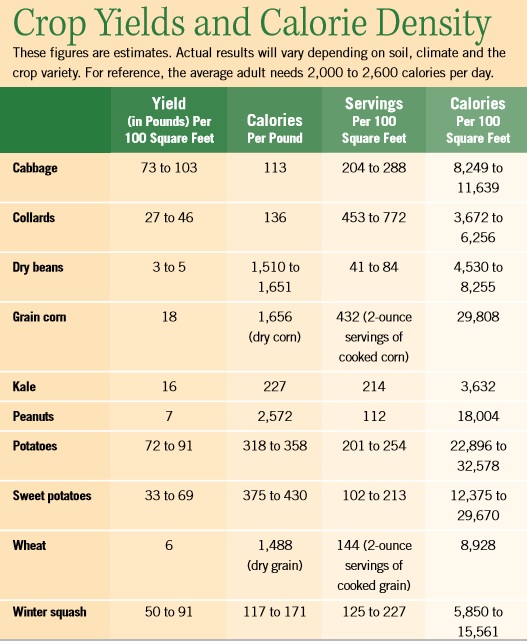
Sweet Potatoes
The darling of the south; this will forever be on our summer grow list. While we do not have the sandy loam that these spuds prefer, they are such a low-input vegetable to grow during the hardest time of year that they are more than worth it, even with smaller yields.
Tomatoes, Eggplants, Peppers
Okay, this is where my own black thumb tends to diverge with Mr. Solomon. Besides chicories (which I’ve never tried) and sweet corn (which we haven’t done well with), I agree with every one on Solomon’s list except this one. I think our climate, with its too-hot summers and sometimes early or late frosts, makes growing these guys a little trickier. At least that’s my experience.
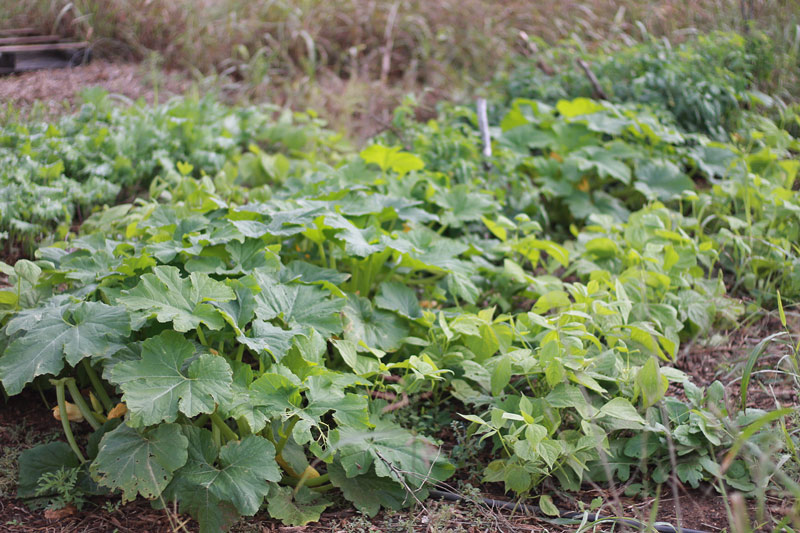
Winter Squash, Summer Squash, Cucumbers, & Melons
Winter squash is a workhorse vegetable that can produce a lot of calories and, all things considered, has been fairly easy to grow. I’d like to fill a huge swath of this year’s garden with this Tahitian Melon Squash.
The other three – summer squash, cucumbers, and melons don’t seem nearly as calorie-dense to me as winter squash. In addition, winter squash is easily stored in the root cellar while I tend to see these other three as mostly summer and pickling crops. They do seem to grow with about the same ease, I find.
Okra
If you live in the south, okra is where it’s at. I actually think getting people to like the stuff is much harder than actually growing it where we live. I’ve tried fried okra and just can’t get behind it. Instead, we like stir-fried okra, gumbo with lots of okra, and pickled okra. I’m consider this Evertender variety this year.
Beets
Yes. Until last year I thought these guys were difficult to grow here. Not so, when planted very early (late February) and when given tons of moisture in the earliest weeks. I no longer even attempt fall beets when it could get into the 90s into October. I think I might try the Cylindra this year.
Chicories
I have yet to attempt to grow anything in the chicory family but after reading Solomon’s praise of their cold-hardiness, I think I may look into endive and escarole for the fall and winter gardens.
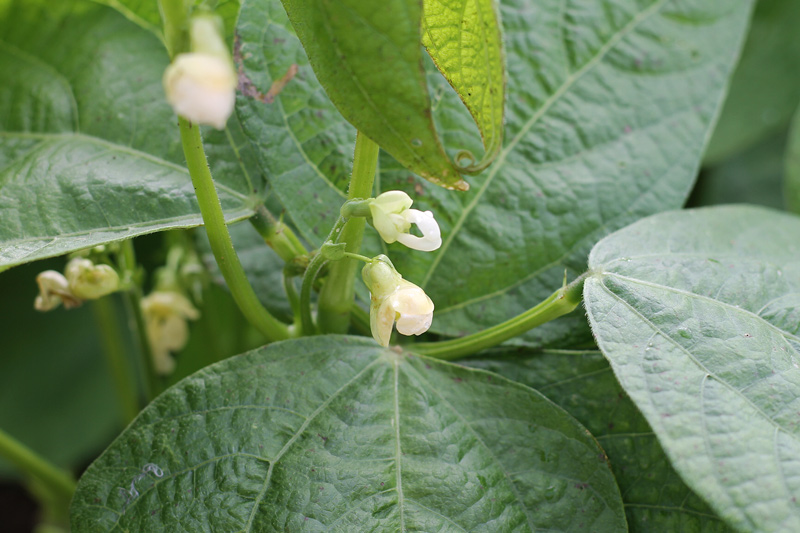
Legumes
I think this is a given but, honestly, regular old green beans have never done great for us. Instead, I like yardlong beans for our hot climate and, of course, the classic cowpea handles the hottest of summers very well.
Sweet Corn
I know that my northern friends have great success with this crop and I’d like to say the same for us but it has failed every time we’ve tried it in Texas. I think it’s a bit too dry here for corn but maybe other southerners have had better success?
Putting It Into Action
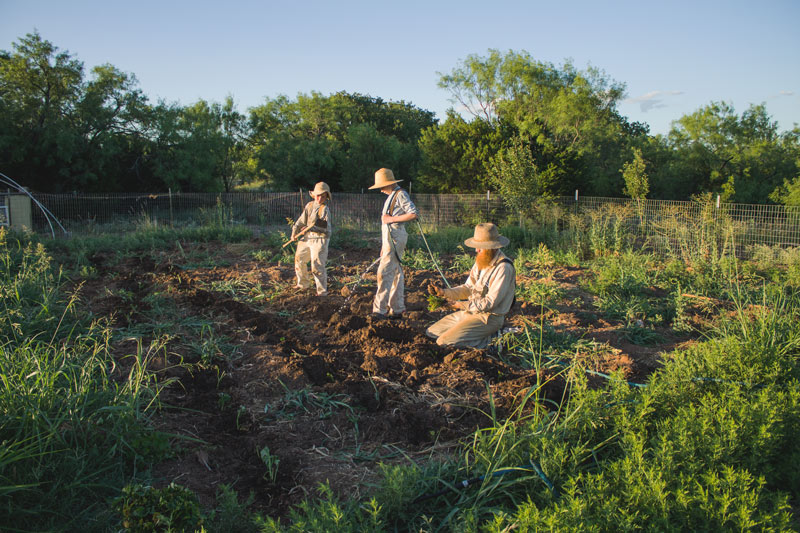
As I said above, I don’t know what the year will bring. Lord willing, though, we are planning to plant the little field you see above in white potatoes in less than a month. We will then follow the harvest by planting sweet potatoes, just like last year.
In the two areas of the chicken field we have yet to cultivate, I would like to plant a bunch of winter squash. These guys always sprawl so much that it would be nice to have them out of the main garden area. The main beds we’ve worked on for years will hold peas, beets, kale, collards, lettuce, and onions for the spring planting. We hope to follow that up with the summer crops such as summer squash, cucumbers, melons, tomatoes, tomatillos eggplant, and peppers. We are working to put together a shade house over a portion of the garden to help with the heat that generally decimates the tomatoes, eggplant, and peppers.
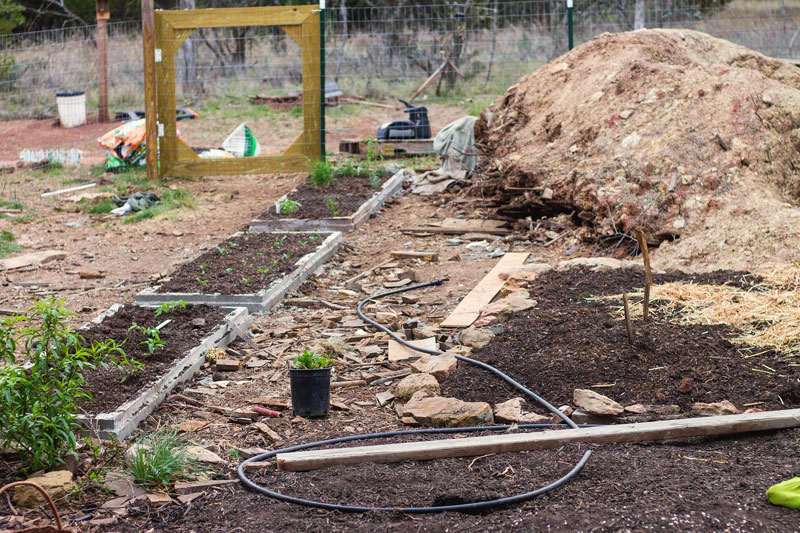
There is also the Kitchen Garden, as seen above, which we are working on expanding as well. So we plan to do a lot of planting, Lord willing. But as these things go, time will only tell.


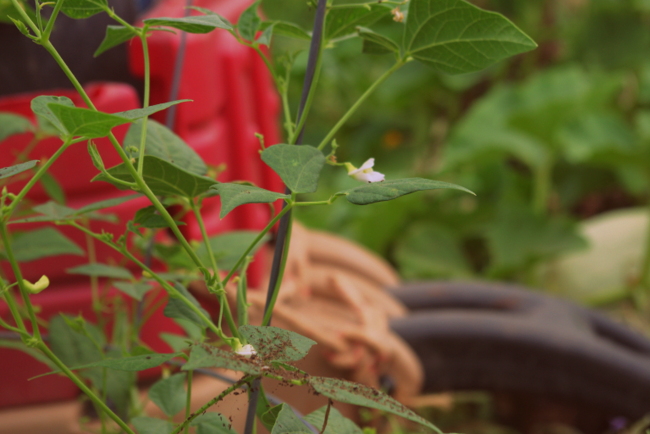
I love your comment about okra, although my Texas girlfriend did make some super deep fried okra that I liked. ?
Shannon,
Thank you sweetie , just pulled our book from the shelf. Beautiful useful post, as always.
Love and Hugs,
Cynthia
Cynthia – Hi! Glad you liked the post. Hoping to write you a real letter soon, Lord willing.
Love you guys!
We, fellow Texans, have found it impossible to grow corn also. Okra is a summer staple for us, and we grow sooo much everyone gets some. You should try the Louisiana green velvet variety. It is incredibly tender when picked small and would do well in a stir fry. I could eat my weight in fried okra! I’ve had my seed catalogue out making plans. It will be so hot soon we’ll all be melting. Thanks for the post, Nikki
I think the very most important thing is to find the crops (and varieties of crops) that do well in your own particular soil and climate. Like you said, tomatoes and the cool weather crops can be a challenge for us Texans! We are just a couple of miles to the south of the Red River and enjoy some incredible sandy loam as a result. Most everything grows well here, barring any late freezes or early heat waves, but it all takes a break when the consistent triple digit weather sets in. We really have to plant early — late February at the latest for spring crops, so they can finish producing before July. The okra and oregano, I have noticed, finally take off about that time, and hot peppers hold up pretty well too. I’m hopeful that eggplant and tomatillos will thrive through deep summer as well, but this is our first year to try them. The nice part is that everything gets a second chance in fall if you can keep it alive until then.
One year my husband planted an heirloom variety of sweet corn that grew eight feet tall and produced mountains of corn, but he lost the packet and can’t remember the name. Pretty heartbreaking. ?